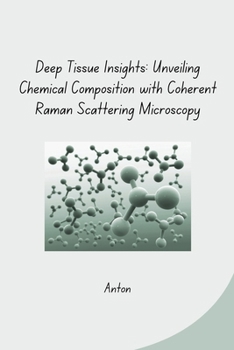Deep Tissue Insights: Unveiling Chemical Composition with Coherent Raman Scattering Microscopy
Light interacts with matter in various ways. CRS microscopy relies on a specific type of light-matter interaction known as Raman scattering. When light impinges on a molecule, it can inelastically scatter, meaning the molecule absorbs some energy and re-emits light at a slightly different frequency. This shift in frequency, known as the Raman shift, is unique to each molecule and acts as its spectral fingerprint. CRS microscopy leverages this principle...
Format:Paperback
Language:English
ISBN:3384271483
ISBN13:9783384271488
Release Date:June 2024
Publisher:Tredition Gmbh
Length:124 Pages
Weight:0.42 lbs.
Dimensions:0.3" x 6.0" x 9.0"
Customer Reviews
0 rating





